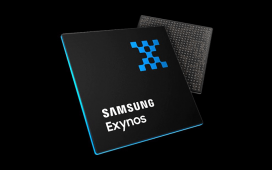
Why GPUs need high-bandwidth memory
Without HBM chips, a data center server’s memory system would be unable to keep up with a high-performance processor, such as a GPU, according to Lee. HBMs are what supply GPUs with the data they process. “Anyone who purchases a GPU for AI computation will also need high-bandwidth memory,” Lee said.
“In other words, high-performance GPUs would be poorly utilized and often sit idle waiting for data transfers. In summary, high demand for SK Hynix memory chips is caused by high demand for Nvidia GPU chips and, to a lesser extent, associated with demand for alternative AI chips such as those from AMD, Intel, and others,” he said.
“HBM is relatively new and picking up a strong momentum because of what HBM offers — more bandwidth and capacity,” said Gartner analyst Gaurav Gupta. “It is different than what Nvidia and Intel sell. Other than SK Hynix, the situation for HBM is similar for other memory players. For Nvidia, I believe there are constraints, but more associated with packaging capacity for their chips with foundries.”
While SK Hynix is reaching its supply limits, Samsung and Micron are ramping up HBM production and should be able to support the demand as the market becomes more distributed, according to Lee.
The current HBM shortages are primarily in the packaging from TSMC (i.e., chip-on-wafer-on-substrate or CoWoS), which is the exclusive supplier of the technology. According to Lee, TSMC is more than doubling its SOIC capacity and boosting capacity for CoWoS by more than 60%. “I expect the shortages to ease by the end of this year,” he said.
At the same time, more packaging and foundry suppliers are coming online and qualifying their technology to support NVIDIA, AMD, Broadcom, Amazon, and others using TSMC’s chip packaging technology, according to Lee.












